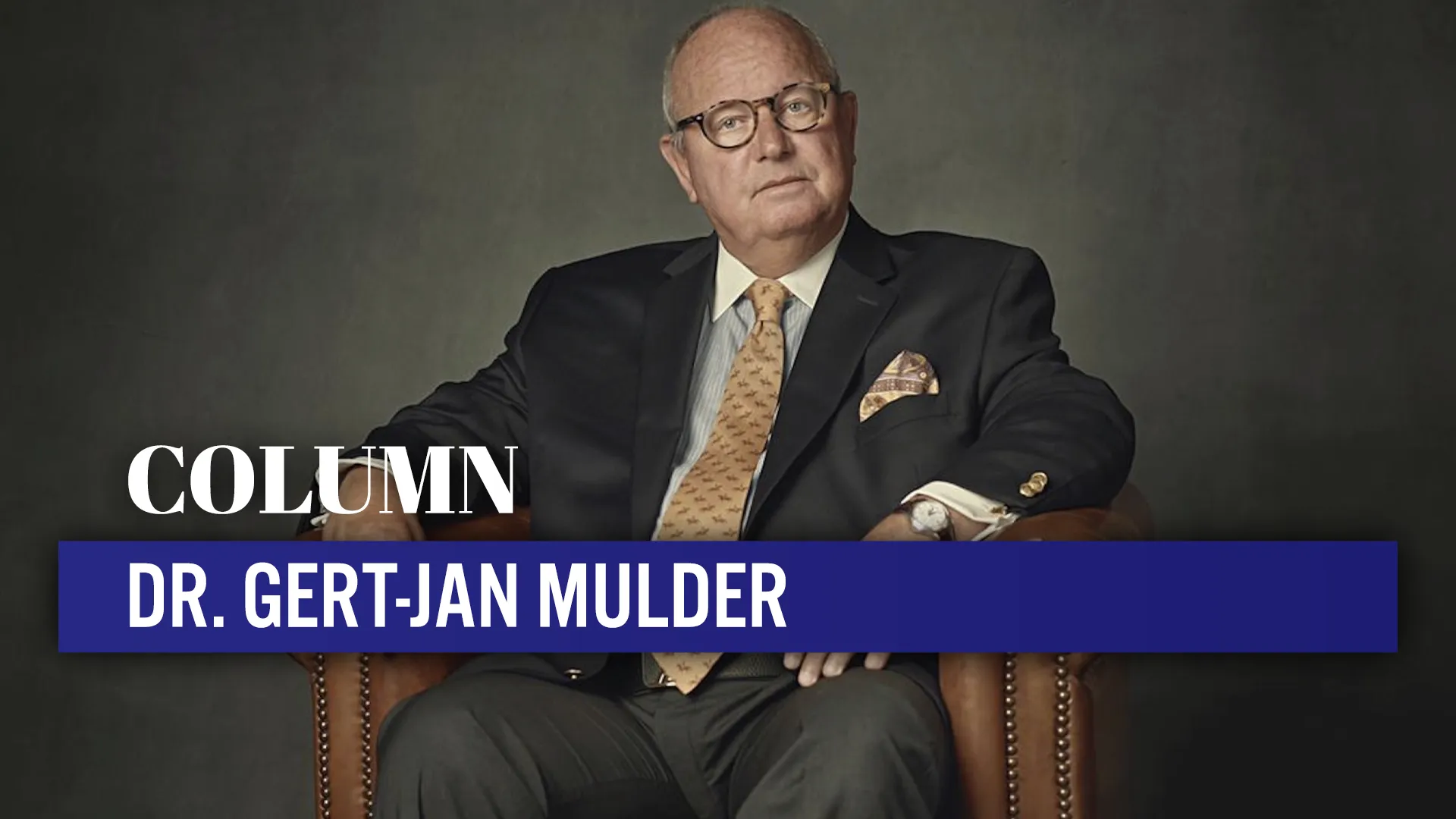Onderzoek: drooglegging leidde niet tot meer criminaliteit
Opzienbarend.
Nee, het is geen pleidooi voor een alcoholverbod - in ieder geval niet van mij -, maar opvallend is het wel: in een recent onderzoek naar geweld en illegale markten wordt geconcludeerd dat de drooglegging in de VS in de jaren 20 van de vorige eeuw niet tot meer criminaliteit heeft geleid.
The violent nature of illegal markets is one rationale for legalizing the sale of narcotics. High U.S. crime rates during the 1920s are regularly presented as evidence of the strong positive relationship between market illegality and violence. The author tests this theory by exploiting state-level variation in homicides and in the passage and repeal of temperance laws before and after Federal Prohibition. Support for the wet cause was positively associated with homicides in dry states. However, on average, murder rates did not increase when alcohol markets were criminalized. Observed crime trends during the early 20th century are primarily explained by demographic changes.
Ga verder met lezen
Dit vind je misschien ook leuk
Laat mensen jouw mening weten


